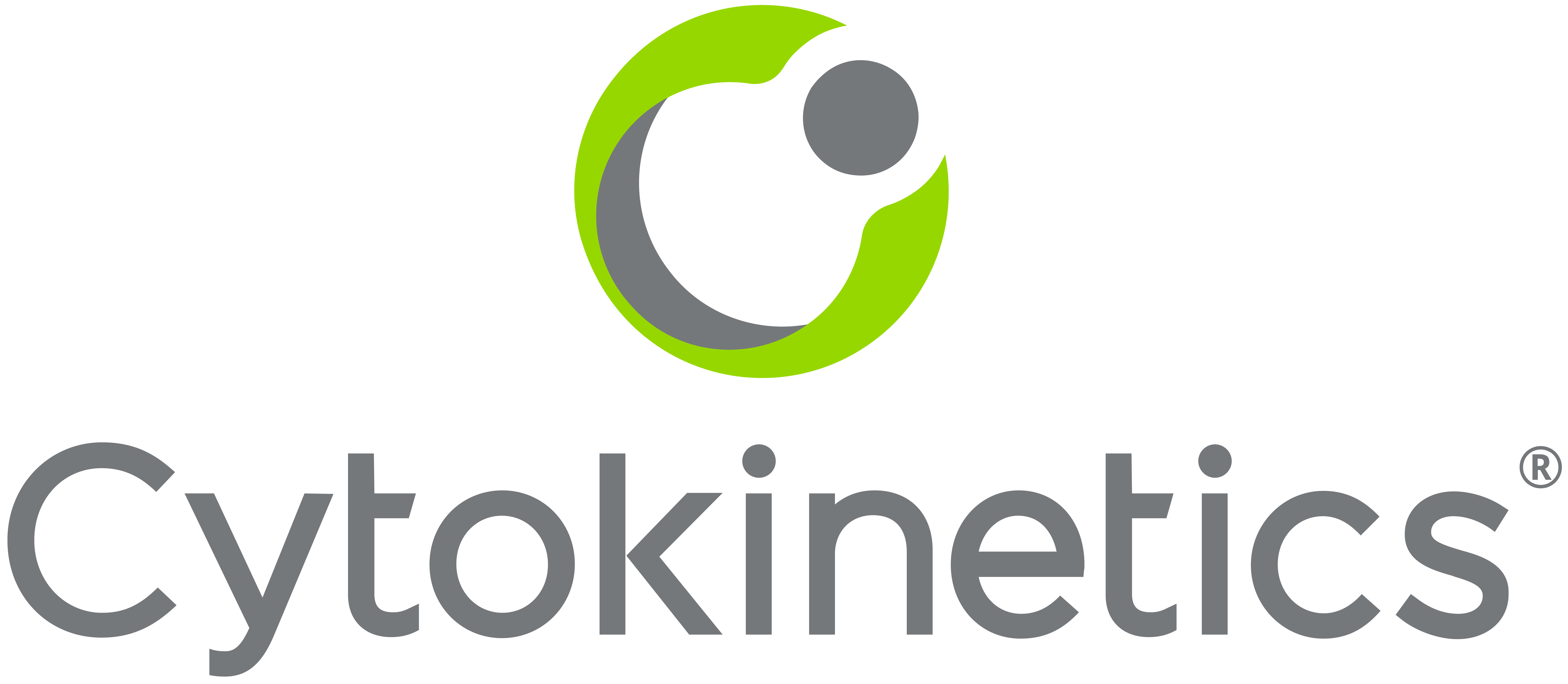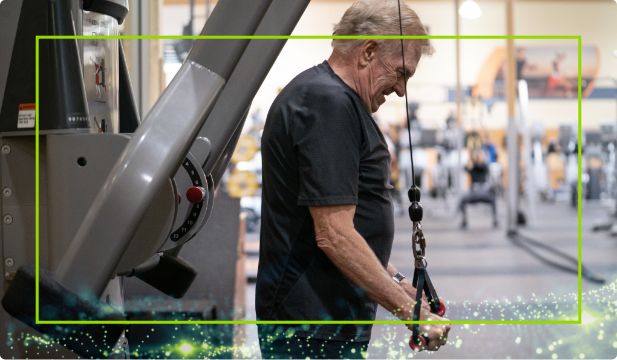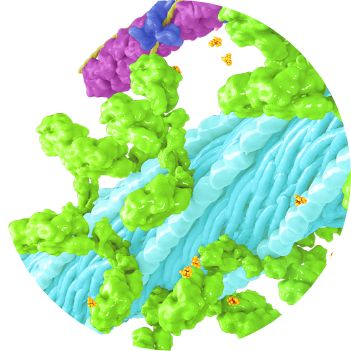Beyond muscle contractility
Just as muscle function is essential to life, so are metabolic processes that provide energy to drive muscle contraction. Through many biochemical pathways, our bodies convert the nutrition we consume into chemical energy (adenosine triphosphate or ATP) that powers contraction in all muscle types. Most ATP in muscle is made by mitochondria, organelles that serve as the engines that power movement, growth, and maintenance of other normal muscle functions. Muscle dysfunction can result from defects in the protein complexes directly involved in contraction, such as myosin and troponin, but can also arise from defects in metabolism or energy transduction resulting in too little ATP. Cytokinetics is expanding its drug discovery efforts to address defects in energy metabolism with new therapies. By doing so, we aim to address muscle dysfunction in a more wholistic and comprehensive manner.




